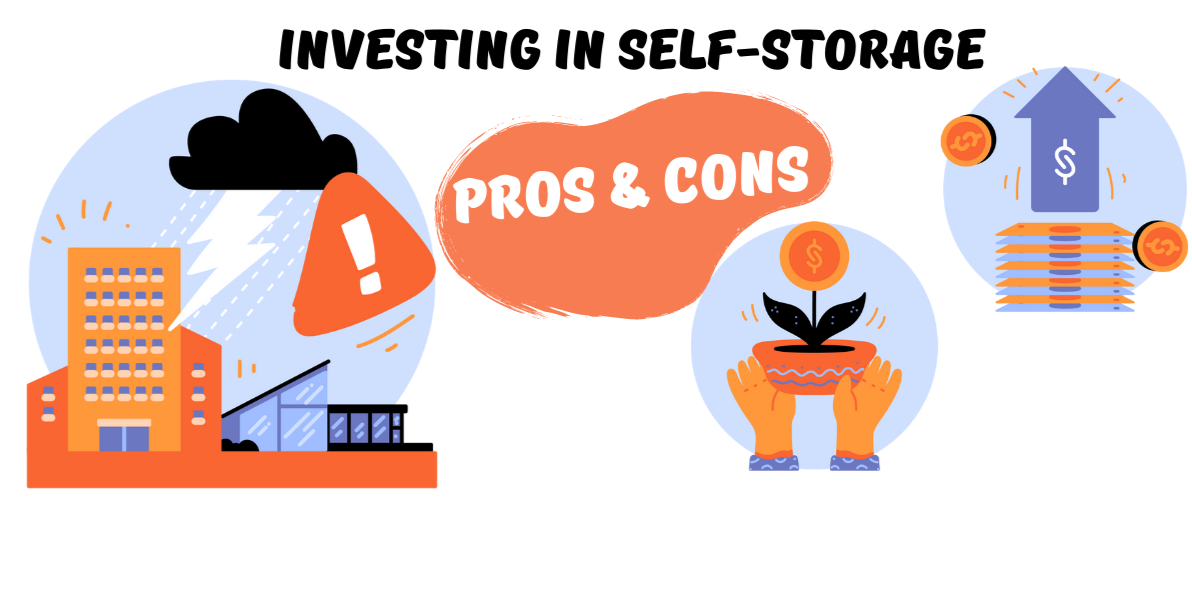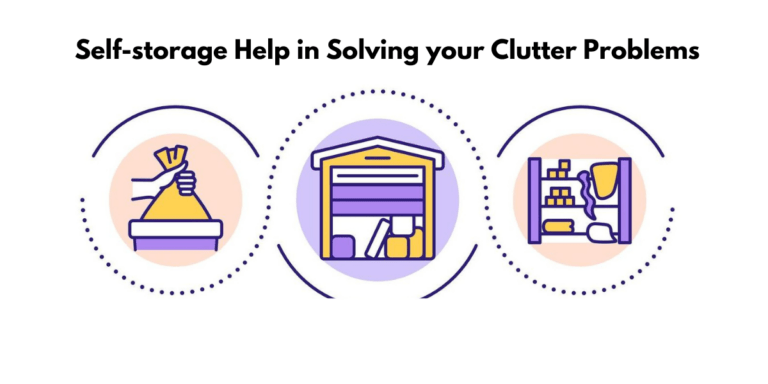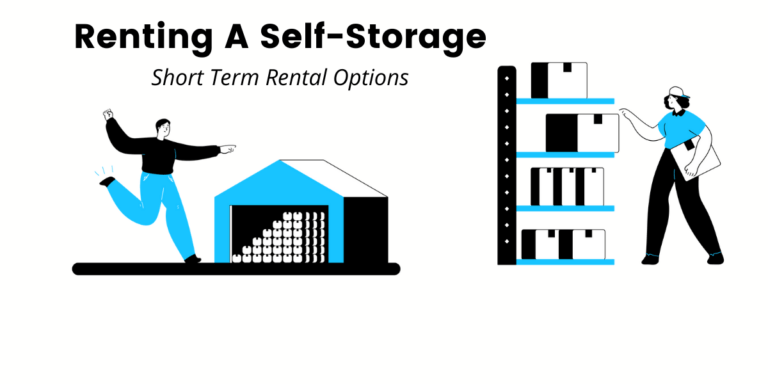Self-Storage Investment: Cutting the cord with self-storage real estate
Cutting the cord with self-storage real estate
The COVID-19 situation has increased the demand for self-storage. There are two ways to invest in a self-storage investment trust, starting your own self-storage business and becoming an accredited investor. It would be best if you had an endorsement from the state insurance department to start a new company, which helps businesses understand how much they can expect to receive in their coverage with no exclusion.
Self-storage real estate is a very lucrative business. This article will provide you with the basics to get started in this market.
What type of real estate is self-storage?
Self-storage real estate is not like a standard property. It’s different because it’s the storage of people’s belongings, which are accessed by renters or owners of the self-storage facility. The amount of profits that can be made from this type of self-storage investment varies depending on the size and condition of the facility.
Self-storage real estate is a type of self-storage investment. Self-storage real estate can be found in various forms, such as owner-occupied storage units and warehouses. There are several ways to participate in self-storage investments, including ownership or leasing the property itself. Potential investors need to consider how much they’re willing to invest into each option before making decisions about their self-storage investment plans.
Is the self-storage business growing?
Consumers rent self-storage facilities out to store their belongings. The sector is growing steadily, with over 20 billion dollars in revenue generated and 50,000 self-storage places all across the US. 1.7 billion square feet of total rental extra space storage available for rent at these sites.
Self-storage is becoming more popular due to the accessibility and affordability of this type of real estate. There has been an increased interest in self-storage facilities, resulting in many new construction projects. The reality TV show “Storage Wars” dominates television networks and has spawned a cult following that includes people who try to win money on it through auctions or winning bids on upcoming episodes. Self-storage properties are also entering the American cultural lexicon, with various celebrities using their name as a brand for these buildings.
The self-storage business has seen substantial growth in the past decade, with many new investors entering it. It is not usually glamorous but has been profitable for many people. It is a good self-storage investment decision because tenants can usually end their tenancy on a short-term basis, and turnover is higher than in commercial buildings.
What industry is self-storage in?
Self-storage is a booming industry with more than 50,000 facilities in the US. Self-storage requires 1.7 billion square feet of space, and reality TV shows like Storage Wars dominate television networks.
Self-storage is the industry in which individuals store their personal belongings when they are not using them. It has become a cultural lexicon in America, with most facilities being owner-investors. There is a move towards consolidation among some high-cost living regions like San Francisco, New York, and other areas. The majority of people think storage spaces are for commercial buildings and can be used for residential purposes. Self-storage tenants can leave on a short-term basis, and turnover is high due to low storage costs per square foot compared to other self-storage providers.
What asset class is self-storage?
Self-storage is an asset class. Class A properties are the most desirable, while Class B and C properties are less desirable. Self-storage units are located on the outskirts of major cities and serve as primary residences for people outside the radius. Owners compete based on service and other features such as electronic access control, proximity cards, biometric scanners, green eco-friendly units, and mobile apps.
Self-storage units are an asset class of real estate. These units compete based on eco-friendly features and electronic access control, proximity cards, or biometric scanners.
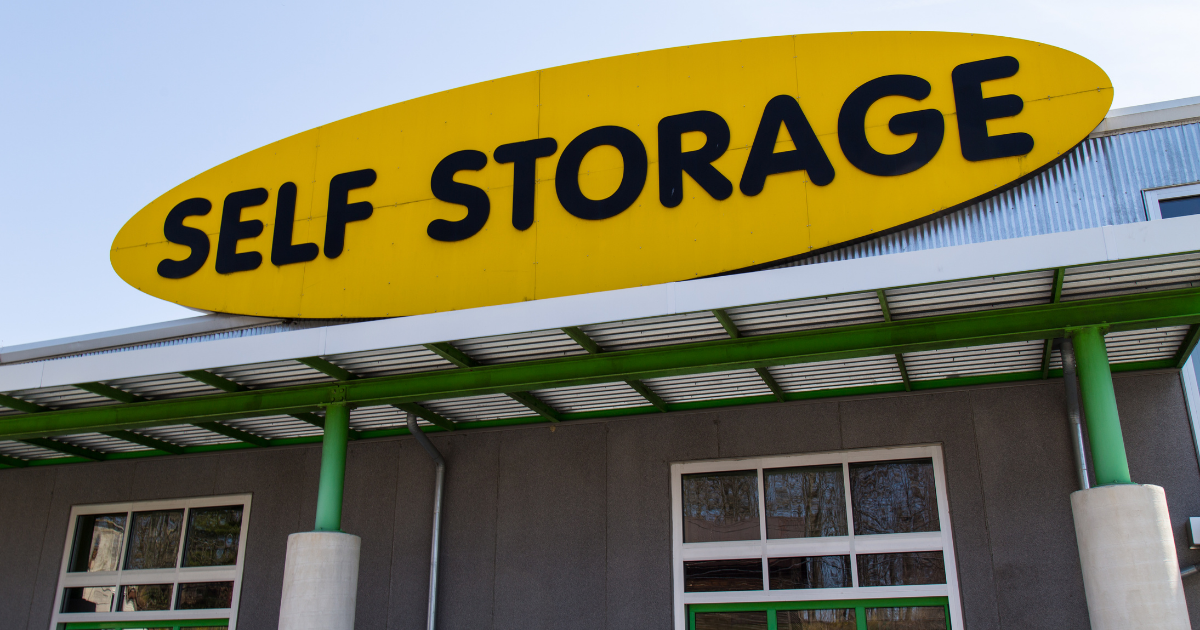
Self-storage investment
Self-storage investing is a growing business opportunity. This article will explain the fundamentals of self-storage investing and how it can be profitable for both individuals and companies. The biggest risk in this industry is the lien process, which involves securing legal rights to property through an agreement with a bank or other financial institution. The article also offers tips on how to get started and where to find information about specific self-storage investment opportunities.
Self-storage investing is an option for investors with the desire to build wealth through real estate. It’s important to be aware of the litigious nature of the lien process, which can lead to expensive legal fees and unwanted headaches. Oversupply is another concern in this industry, especially due to increased construction and development.
The self-storage market saw huge spikes in new development and construction because of the flatlining rental rates.
Self-storage real estate is a growing market that has been on the rise since 2013. With less than 60 million square feet expected to be produced in 2020, self-storage investors have made significant returns by investing in this sector.
Self-storage financing
Self-storage loans are commercial real estate financing for self-storage facilities. They have a low risk and can be used to acquire existing properties.
The self-storage industry is very active and has seen a lot of consolidation and acquisition in the past few years. Investors can buy an existing facility with conventional bank loans or SBA loans, which are more flexible than other options for prime borrowers. These self-storage investments typically do not require extensive renovations to be successful.
Investing in self-storage
Self-storage investing is a popular self-storage investment. Commercial property advisors can help investors in this area and provide valuable information and tips that will lower the risks of this type of self-storage investment. These commercial properties often have few or no tenants, so the investor only has to worry about maintenance requirements such as toilet cleaning and other daily expenses like electricity bills. This makes for an ideal business model for self-storage investors who want to minimize risk but still generate significant cash flow. There are three main types of self-storage properties.
The first type is a traditional self-storage facility that houses the storage units onsite or nearby. The second type is a warehouse-style property that contains shelves, racks, and other movable/stackable containers for storing goods. This allows for potential expansion options with minimal capital outlay required to buy additional land or buildings. The third type is a hybrid facility that combines elements from the first and second types.
Aware of their risk exposure, investors should consider limiting themselves to one self-storage property purchase or focusing on the less risky warehouse-style properties.
Self-storage real estate is the best way to invest in a profitable business. However, it can be difficult to cut the cord with self-storage because of its high maintenance and low ROI.
However, this guide will help you avoid pitfalls on your next deal by providing insights into how self-storage works and other important factors that need consideration before investing in one or more properties. Our 43-page guide lets you learn about several successful investors who have invested successfully over time due to their efforts to learn about self-storage before investing.
While the self-storage industry has been around for decades, it’s still a self-storage investment that can be worth looking into if you want to diversify your assets.
Many people are investing in this industry because of its high demand and competitive market price. It is also a great way to save money on rent while maintaining flexibility for when needed by storing items like furniture, clothing, or even cars at one location rather than having two homes with cluttered closets.
Self-storage REITs
REITs are a type of self-storage investment managed by mutual fund companies and give investors at least 90% of their income per year. REITs offer the most passive self-storage investments because they do not require you to spend time shopping for tenants or managing your property.
Self-storage REITs are a self-storage investment tool that offers investors low risk and high returns. It is a mutual fund that helps people easily invest in publicly traded companies with the help of their funds without having to worry about buying or selling shares on their own. The liquidity of this asset also allows for easy buy and sell decisions within the stock market.
Self-storage investment is an interesting way to invest in real estate. Self-storage properties are relatively low risk, with one major downside being the need for expensive upfront capital self-storage investments. There are also operational costs and maintenance to consider and manage.
Self-storage can be a lucrative self-storage investment for those with the capital and the time to invest in it. Self-storage REITs provide investors with their funds without worrying about buying or selling shares on their own. The liquidity of this asset also allows for easy buy and sell decisions within the stock.
Developing a self-storage facility
A self-storage facility can be a lucrative self-storage investment. It is best to find an expert in the industry to help you build and develop your facility. An aesthetic of the property will make it more profitable for you, so try to focus on that aspect when building your new building.W
When developing a self-storage facility, you need to be informed about the zoning details of your area. You also have to know what permits are needed and how construction must adhere to established standards. The mutual fund is not part of the deal; it’s up for negotiation on whether or not they should invest in your project.
Purchasing an existing self-storage facility
People looking to be self-storage real estate investors should first find a proper facility. Buying an existing one can be beneficial, but it takes work and analysis.
Purchasing an existing self-storage facility is a great way to lower your initial self-storage investment and obtain a higher return on investment. Establishing the budget for operating such a facility is also important.
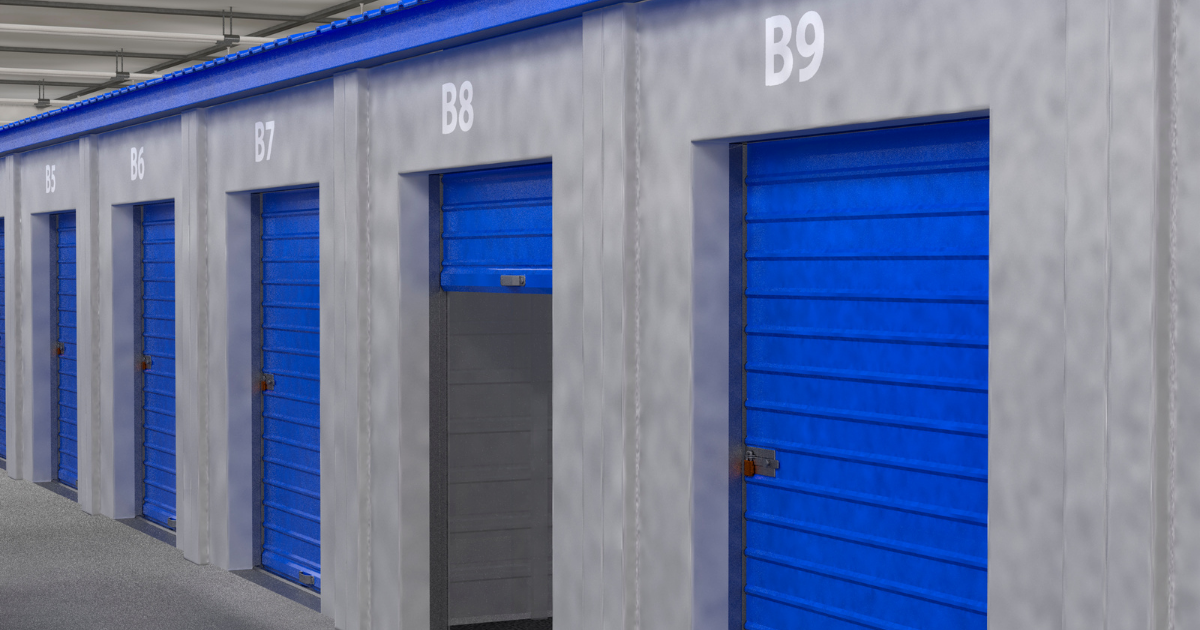
The pros of self-storage investing
Self-storage is a great way to invest in your portfolio. It can be profitable, and it’s been around for decades. If you’re considering investing in self-storage, it’s important to learn about the industry first before diving into it headfirst.
The self-storage industry is estimated to have over 1.7 billion square feet of public storage space in the United States, with 45,000 to 60,000 facilities nationwide. This means many opportunities for investors and business owners who want an affordable solution for their expanding needs.
There are many pros to investing in this industry, but it also has cons. A lot will depend on what you’re looking for out of your self-storage investment; do you want a high return or something more stable?
If you’re looking for more information on the self-storage industry, resources are available to help you learn about this growing market.
Performs great during good or bad economic times
Self-storage investment is good during bad economic times because of their high occupancy rates. When considering where to invest in self-storage, consider the difference between physical and economic occupancy. In contrast, when looking for a location with low physical and high economic occupancy, it often pays below-market rates.
Self-storage facilities can perform well during good or bad economic times. The facility relies on the lower occupancy levels of other commercial real estate asset classes, including office and retail space. Self-storage facilities are acquired after stabilization, not before.
Garners sticky tenants
People in the self-storage industry are willing to pay more for rent and not take a Saturday off. The average monthly rental rate is $100, but customers would not move unless faced with a 6% increase from their current rent price. Apartment dwellers are also willing to pay up to $1,000 per month but would move if faced with a 6% increase from their current rent price.
A huge industry
The self-storage industry is on par with Starbucks, McDonald’s, and Subway combined. It has experienced great growth over the past years and will continue to experience large growth in the future. The industry also provides high returns on investment and has a high compound annual growth rate.
According to the Self Storage Association, self-storage facilities have a high return on investment and will continue to grow. The industry is projected to remain steady over the next few years, with an estimated growth rate of 6%. Investors should look into this lucrative market for potential investments.
Simple, inexpensive value-adds
Self-storage facilities offer many value-added services such as adding truck rental, late fees, and admin fees. Putting in a showroom is another option to increase revenue.
Makes money when buying, operating and selling
The advantages of self-storage investing are that it provides passive income, can be a good addition to any portfolio and is a low-risk investment. It only requires buying or renting out a space to make money.
Hard Money loans are typically more expensive than conventional and government lenders. Self-storage loans can be similar to a standard residential purchase loan but with the additional cost of self-storage units.
Loan agreements allow investors to borrow capital and pay it back over a fixed amount of time. However, before signing up for any loan agreement, it is important to review the terms and conditions of such an agreement.
Comps do not limit business value.
It’s not the case that self-storage property is limited to comps in your area. The business value of a self-storage investment can be determined by looking at its cap rate, which is calculated by dividing net operating income by the return on investment (ROI).
Businesses can enjoy a higher return on investment in self-storage facilities than they would in other commercial property types. Additionally, the overhead cost is lower because there are no windows to buy or special siding to choose from. The infrastructure costs for businesses operating out of storage units are also low since it has been proven that upgrading stores does not increase their value and raises new opportunities for future development.
The freedom to grow means that the ROI for self-storage facilities is higher than other commercial properties. Businesses can enjoy greater cap rates and increased potential for future growth with low overhead.
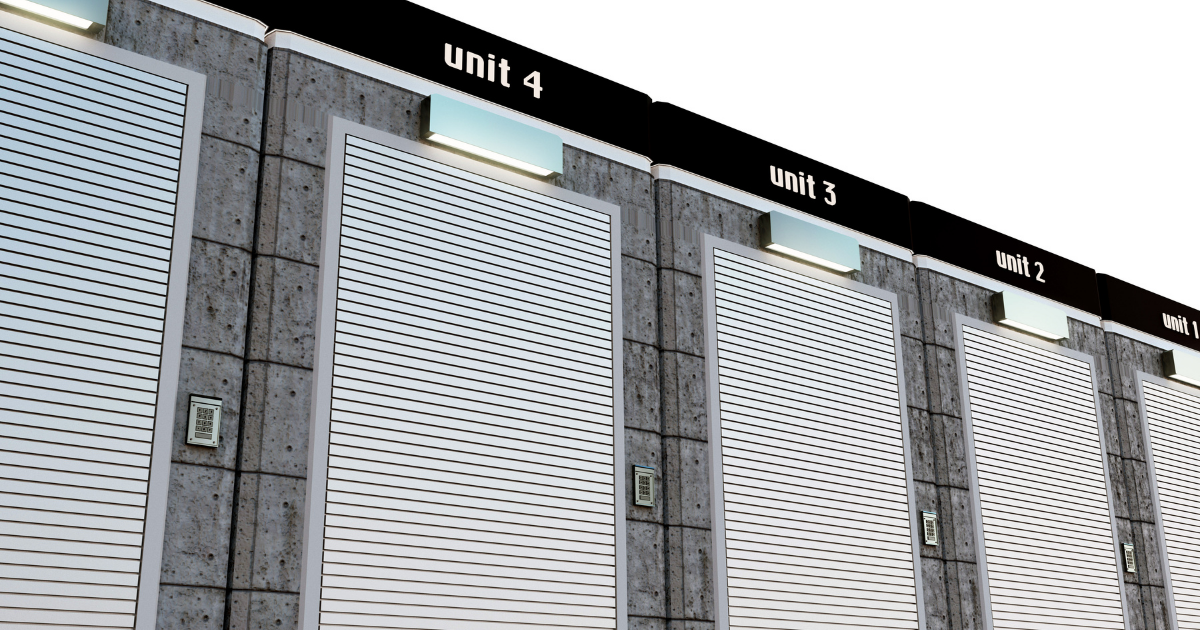
The cons of self-storage investing
It can be tempting to invest in self-storage and purchase a large amount of storage space to make money. However, there are many cons associated with this type of investment. Real estate has been the go-to investment for many generations. It is still considered an attractive option for potential investors who want to grow their savings quickly, but that doesn’t happen overnight.
The self-storage industry is relatively new and has grown in popularity due to its lucrative nature over the last few years. However, it’s important to do your research before investing in self-storage.
It needs to be located in a high-traffic area but away from competitors
Self-storage investment is an option for those who need to store items but want to avoid the hassle of finding a locker or renting space. However, these facilities must be located in high-traffic areas with minimal competition and have a strong community presence.
The cons of self-storage investing are that it is located in an older building, which means that the facility needs more maintenance and has less room to grow. However, this investment comes with low risk because you can purchase the property outright or take out a mortgage on it.
You could also invest in turnkey deals where you purchase part of the facility for your use and rent out space to tenants.
Must meet the demands of the surrounding community
The self-storage market is profitable as it offers a flexible option for those who need to store their possessions. This market can shift to meet the local community’s needs, and investors should be conscious of liability.
To sell a property, the seller must meet all of the demands made by their surrounding community. This includes proof of ownership and insurance requirements.
Finding good help
Self-storage is a commercial real estate class that has been performing well for 40 years and continues to do so. However, self-storage investing has many cons, such as bad management and the need for consistent space during both good and bad times.
Investors can quickly compound their wealth and grow net worth by investing in self-storage. Additionally, there are many reasons why people choose to invest in self-storage – for example, it is a low operating cost business with the ability to flip units easily.
Varying customer demographics
Self-storage investment would be a good option for people who need storage space and want to avoid moving all their belongings to a new location. However, many factors should be considered before investing in self-storage real estate. Varying customer demographics make it difficult for managers at rental facilities to maintain excellent customer service levels.
Fluctuation of yearly occupancy rate
Self-storage facilities are inherently unstable. The companies that own these companies rely on lower occupancy rates to remain profitable.
Economic occupancy is important to obtain financing for a facility. The breakeven occupancy rate of a facility is around 45%. Rental rate risk can be reduced because of low vacancy rates in the market, while self-storage weather recessions are better than other property types.
The percentage of yearly occupancy for retail, office, and commercial spaces are 65% or more.
Protecting items
Investing in self-storage property isn’t always a good idea. There are a lot of cons associated with this type of self-storage investment, such as storage unit safety and high maintenance costs. To protect personal or commercial property, you need several different security features.
While some security systems like locks and cameras can be costly, they are necessary for protection. They provide peace of mind to those in high-risk areas such as buildings with a history of crime or vandalism.
- Living on the road: A guide on how to get started - October 22, 2022
- Storing Statues: A Guide To Storing Statues In A Storage Unit Safely - September 11, 2022
- Short term Storage Rentals: How To Rent Storage Units Between Move-in Dates - August 6, 2022

